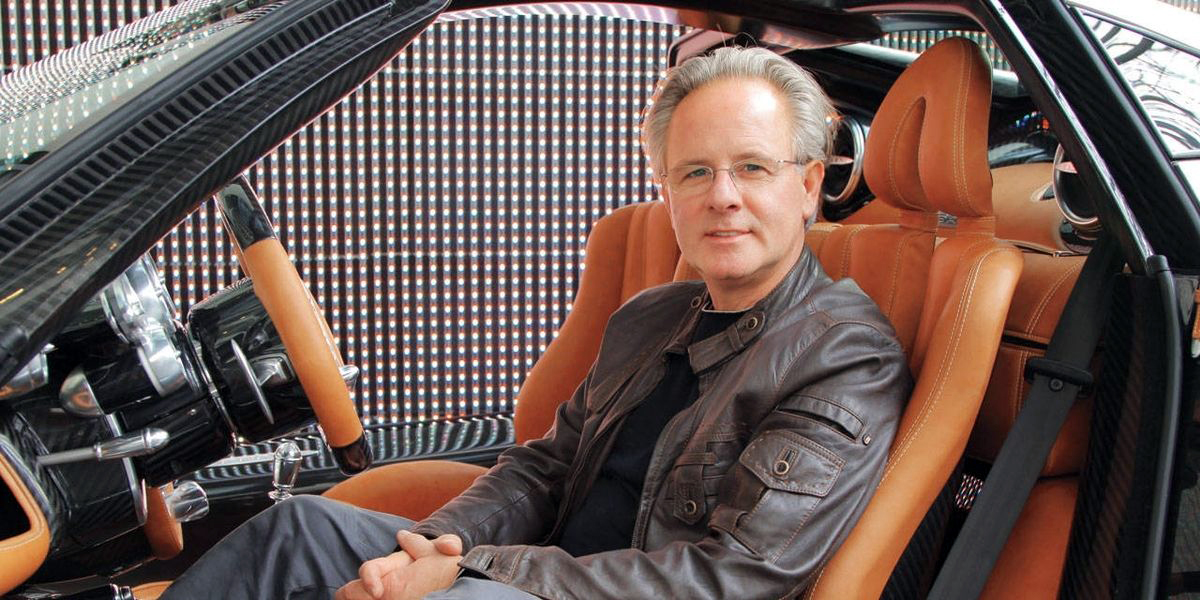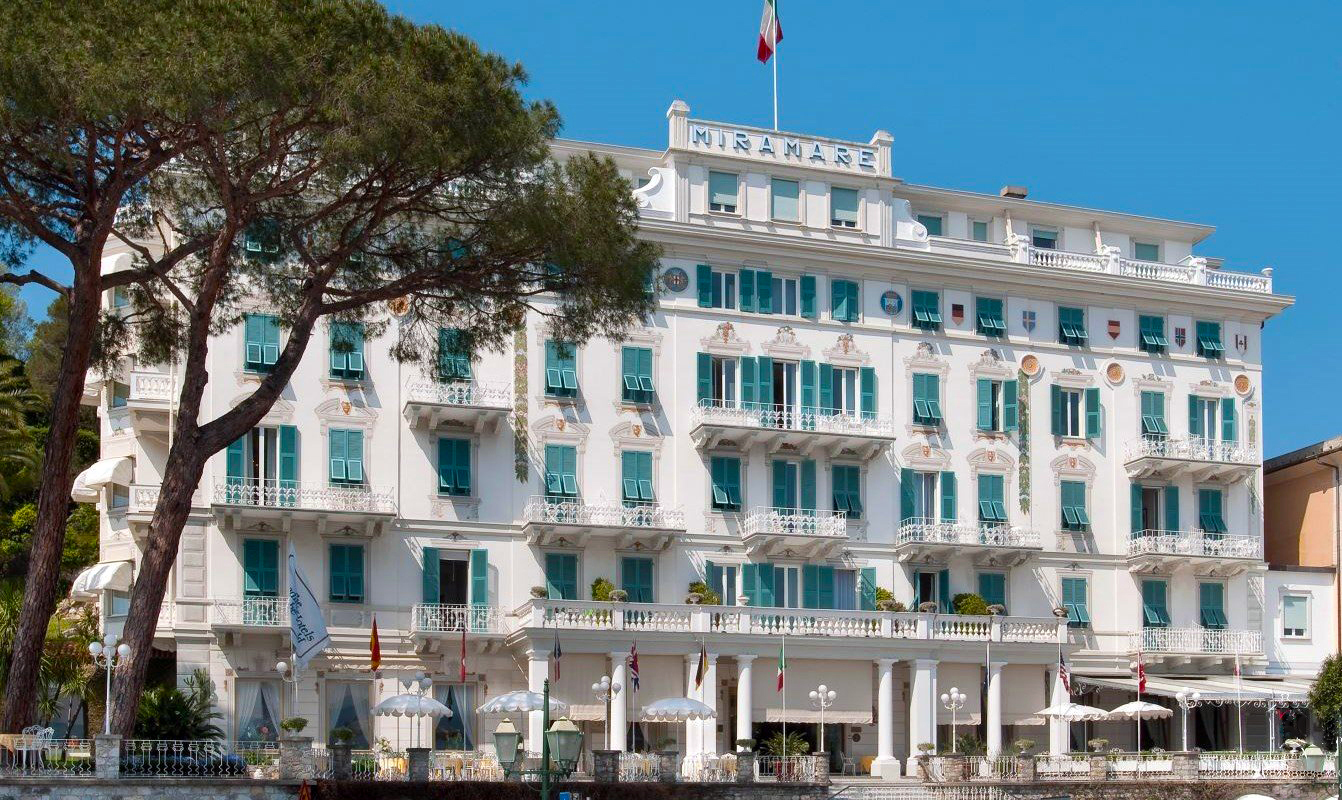Part 81 – Pagani
By David Cavaliere
Many people have never heard of the Pagani. Most people have never seen a Pagani in the flesh. While almost everyone can distinguish a Ferrari from a Lamborghini, a Pagani would likely draw curious looks and that is if the car was standing still. If the car was moving at high speed, it would be a blur – soon to be far in the distance. Although the Bugatti Veyron and Chiron have a faster top-end speed, the Pagani is faster around a track. To those in the automotive world, the cars are a revelation. With the extraordinary engineering and cutting edge technology, each car becomes a development of the previous version. Always striving to achieve more, Horacio Pagani seeks to set the bar higher with each car that he produces.
Horacio Pagani, the founder of the company that bears his name, was born in rural Argentina in 1955. His father was a baker, descended from Italian immigrants. Pagani took an interest in engineering at a young age and while still living in Argentina, he opened a small shop, gaining valuable experience in craftsmanship. His emergence as a talented engineer came when he was hired by Renault to improve the body of a racing car. His work created staggering improvements in the car’s performance. After that, he never looked back. In 1982, he moved to Italy and went to work for Lamborghini. He quickly rose to become the chief engineer at the company. One of the interesting twists of fate is Pagani’s early adoption of the use of carbon fiber for automotive applications. He tried to persuade Lamborghini to buy an autoclave (a pressurized oven necessary for the curing of carbon fiber), but the company balked at the idea. At the time, even Ferrari did not have an autoclave. In late 1987, Pagani borrowed the capital to buy his own. In 1991, he broke away from Lamborghini to found his own company – Modena Design, which continues to make carbon fiber composites for some of the premier automotive companies in the industry.
In the late 1980s, Pagani began designing his own car. He founded Pagani Automobili Modena in 1992 and began the construction of a prototype. By 1993, the car was being tested at the Dallara wind tunnel with positive results. In 1994, Mercedes-Benz agreed to supply Pagani with V12 engines. The car would be called the Zonda.
The mid-engined car is not described as a ‘super’ car. It is referred to in an entirely new category, that of a hyper-car. It debuted in 1999 and when production ended earlier this year, 760 series cars were produced. As one would expect, the construction of the car is primarily of carbon fiber. The Zonda is propelled by a DOHC V12 engine manufactured by Mercedes-Benz’s AMG division. The car’s design was inspired by jet fighters and features several unique design elements, including its circular four pipe exhaust. The Zonda by its nature is available in very limited production and there are more than a dozen variants. In 2009, Pagani announced a blindingly fast edition called the Zonda Cinque Roadster. It was lighter and stronger than any previous production series Zonda and could accelerate from 0-62 mph in 3.4 seconds, with a top speed of 217 mph. The car could also turn as well as travel in a straight line, capable of producing 1.45 g lateral acceleration using street tires. Its shape was highly refined in the wind tunnel, allowing the car to generate over 1,650 lbs of downforce – 60% of the car’s weight. These hand-built cars use numerous unique manufacturing techniques which produces a car like no other. However, all of this high-tech engineering comes with a steep price, in fact, the highest in the world for an automobile intended for the street. The latest Zonda pricing begins at about $2.5 million and its limited edition Zonda Revolucion will set you back $4.5 million.
The Pagani Huayra is the company’s newest model. The official world debut was at the Geneva Auto Salon in 2011. The engine is a M158 twin-turbo 6.0 liter V12 from AMG, producing 720 hp. The car’s main body is made from carbotanium – a composition of carbon fiber and titanium, which makes the car remarkably strong, yet (relatively) lightweight. The Huayra is capable of withstanding 1.66 g of lateral acceleration at speeds of up to 230 mph. It is different from its predecessor in that it incorporates active aerodynamics. The Huayra can change the height of the car’s nose and independently operate four flaps placed at the rear and front of the car. After two years of development, the Huayra Roadster was officially unveiled in the 2017 Geneva Motor Show. The appearance of the car had changed, with the most obvious difference being the open top. Pagani says that the car is capable of 1.8 lateral G-forces during acceleration. The figure is unproven at the time of this writing. If true, Pagani will have set a new record for a road car. For those who know anything about Horacio Pagani, you can bet that the number is spot on.
In my next feature, the remarkable designs of Pininfarina will be featured. Please send comments to [email protected].





